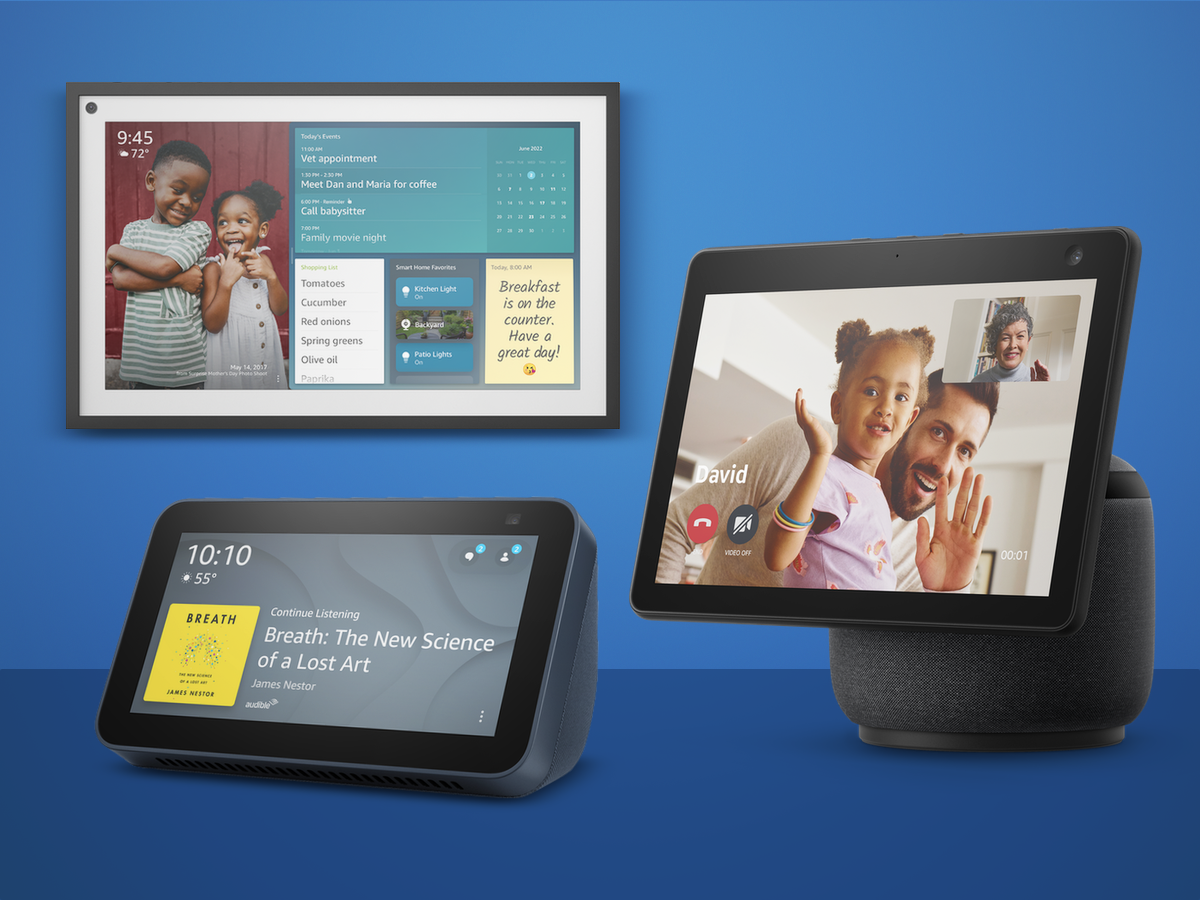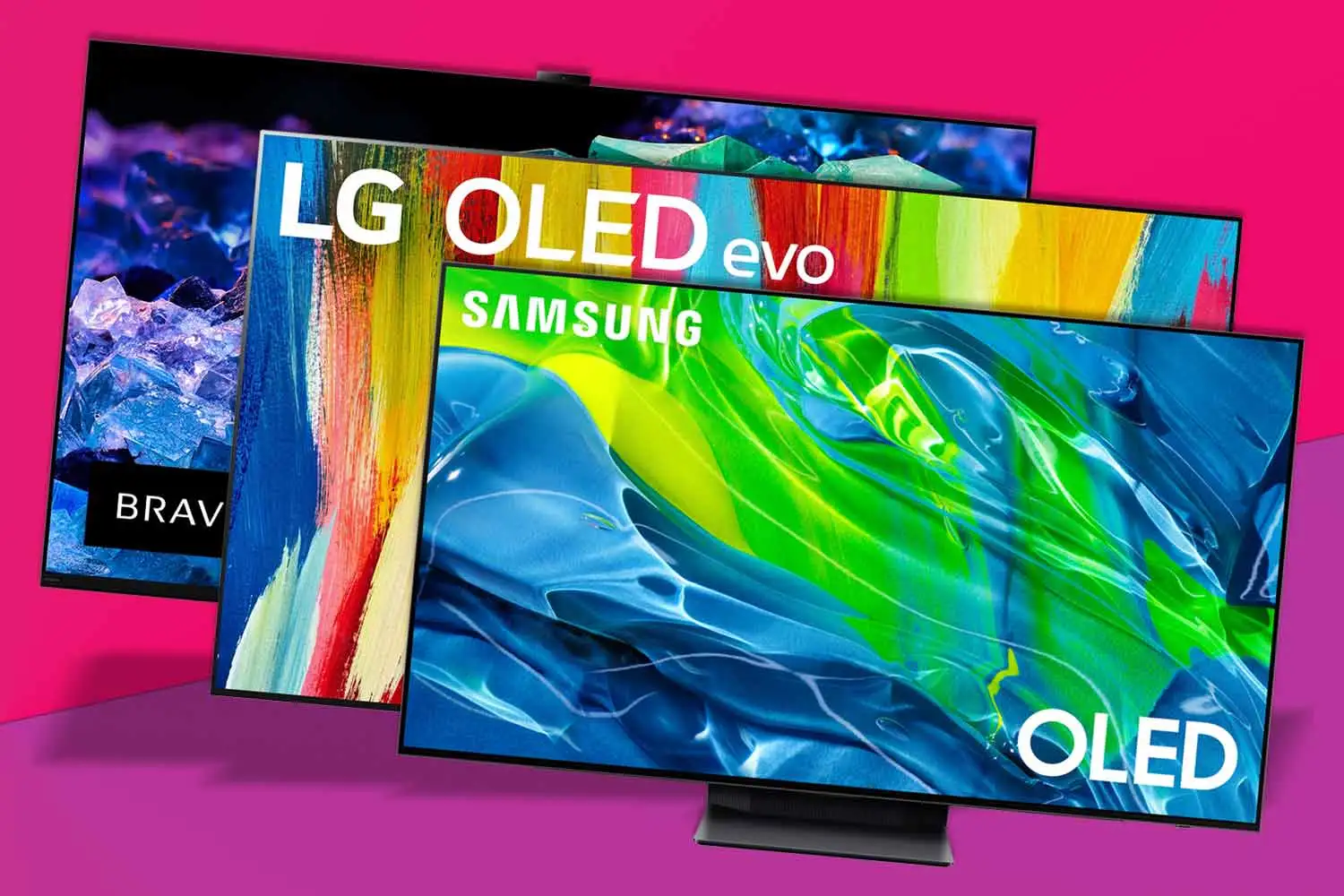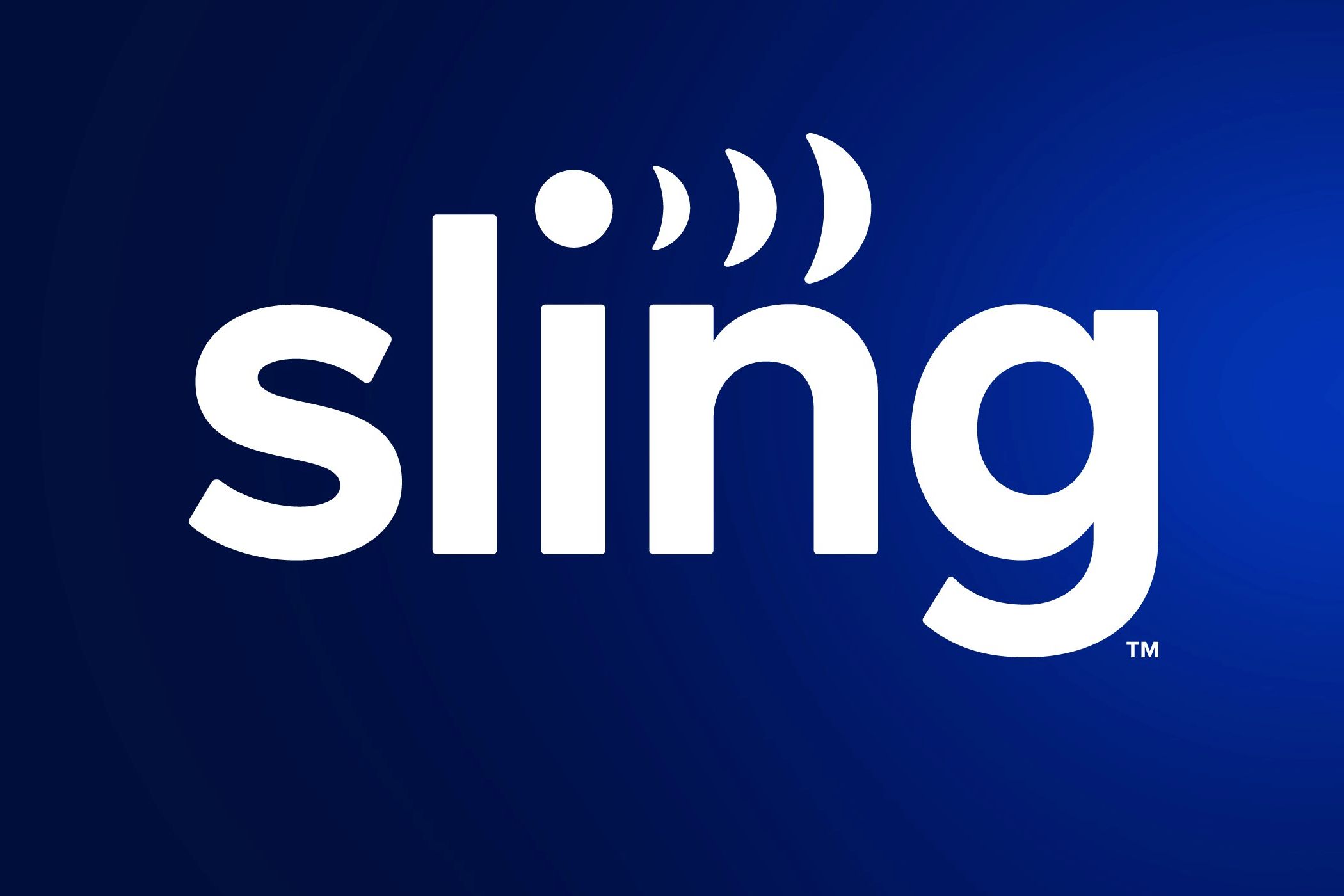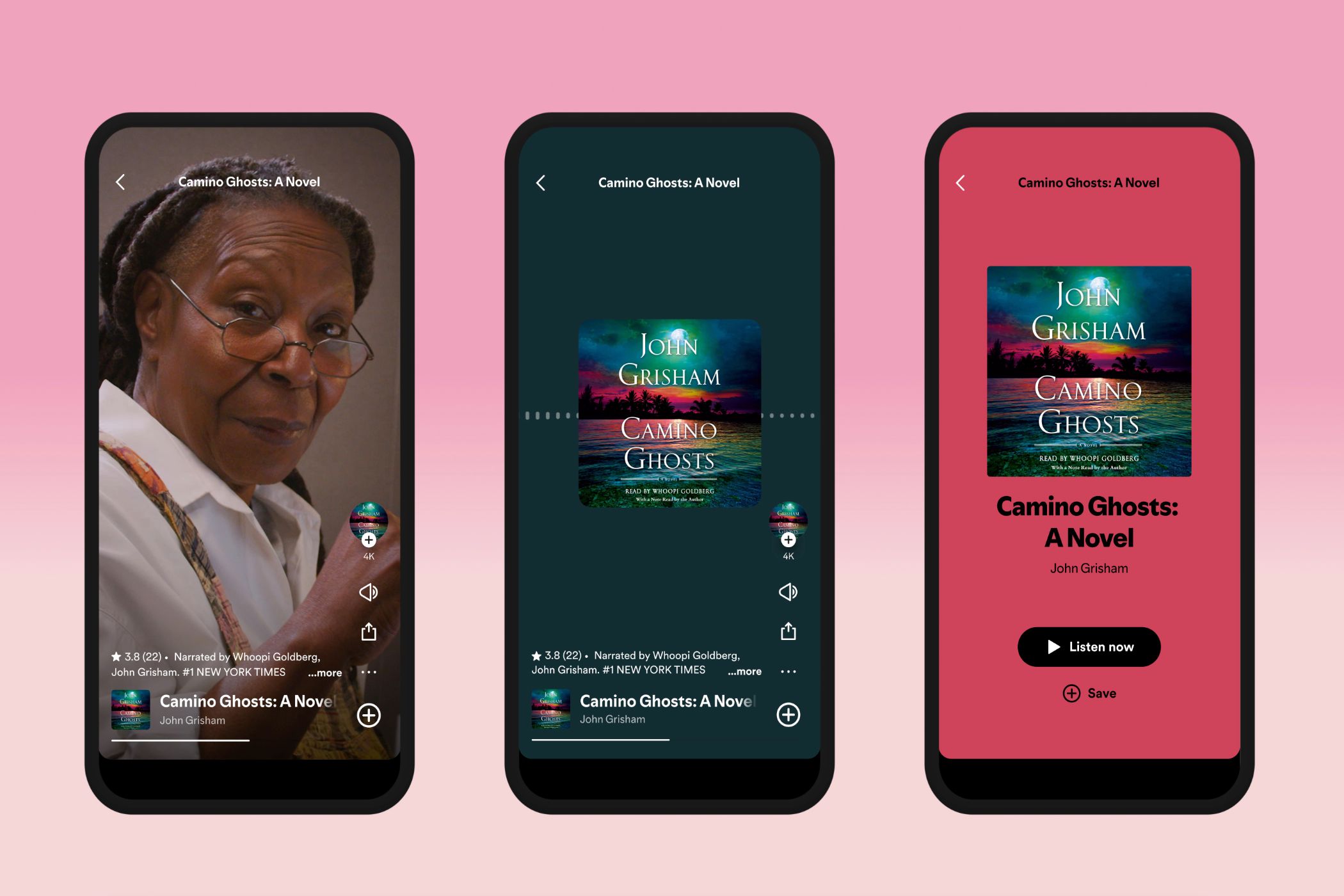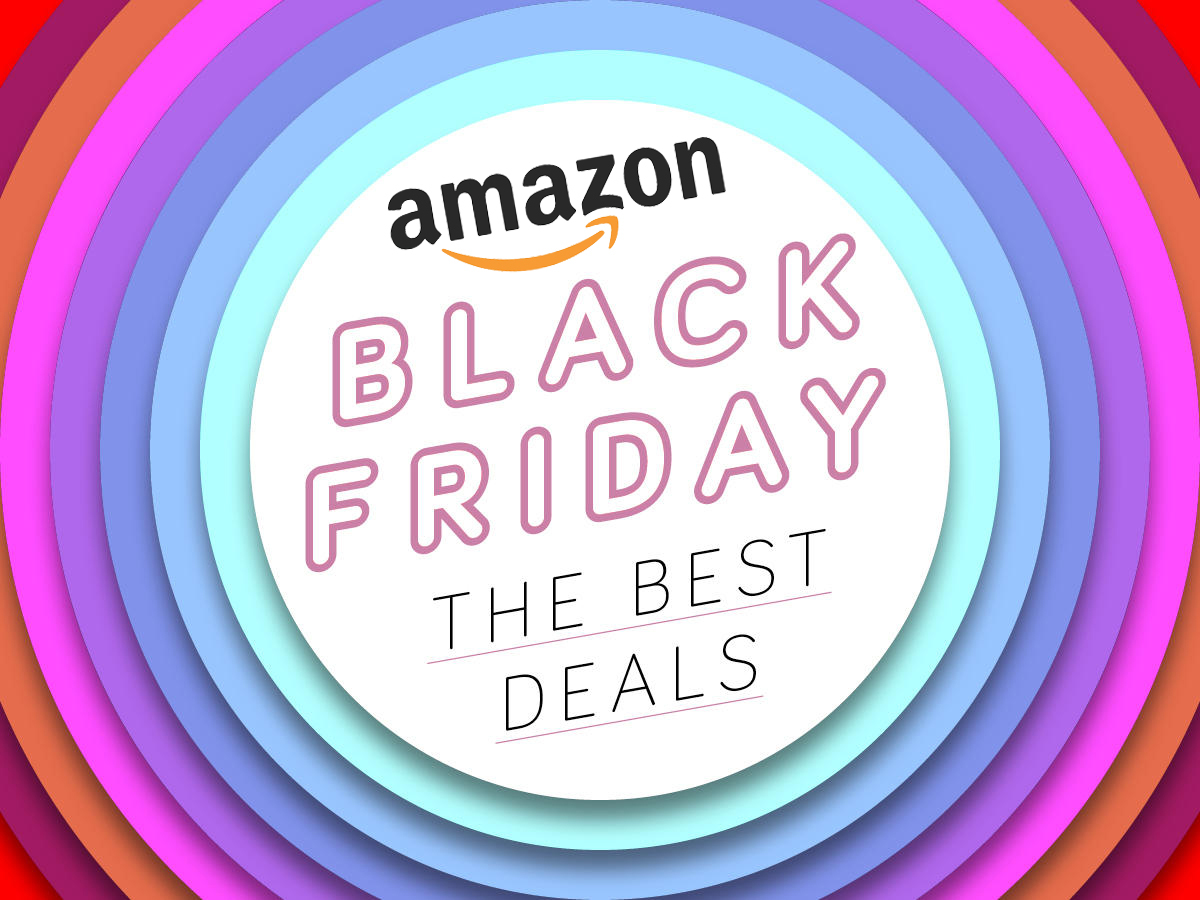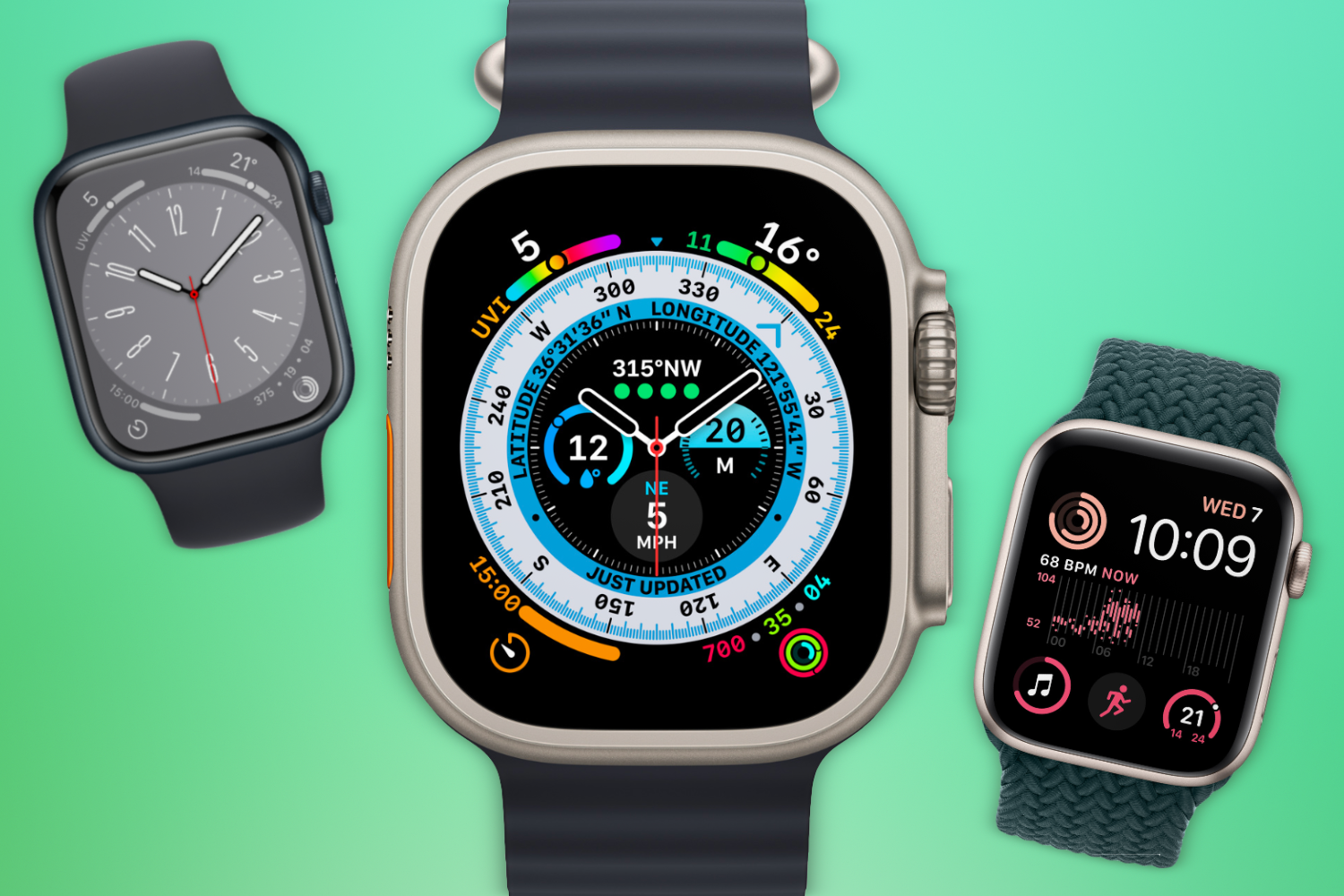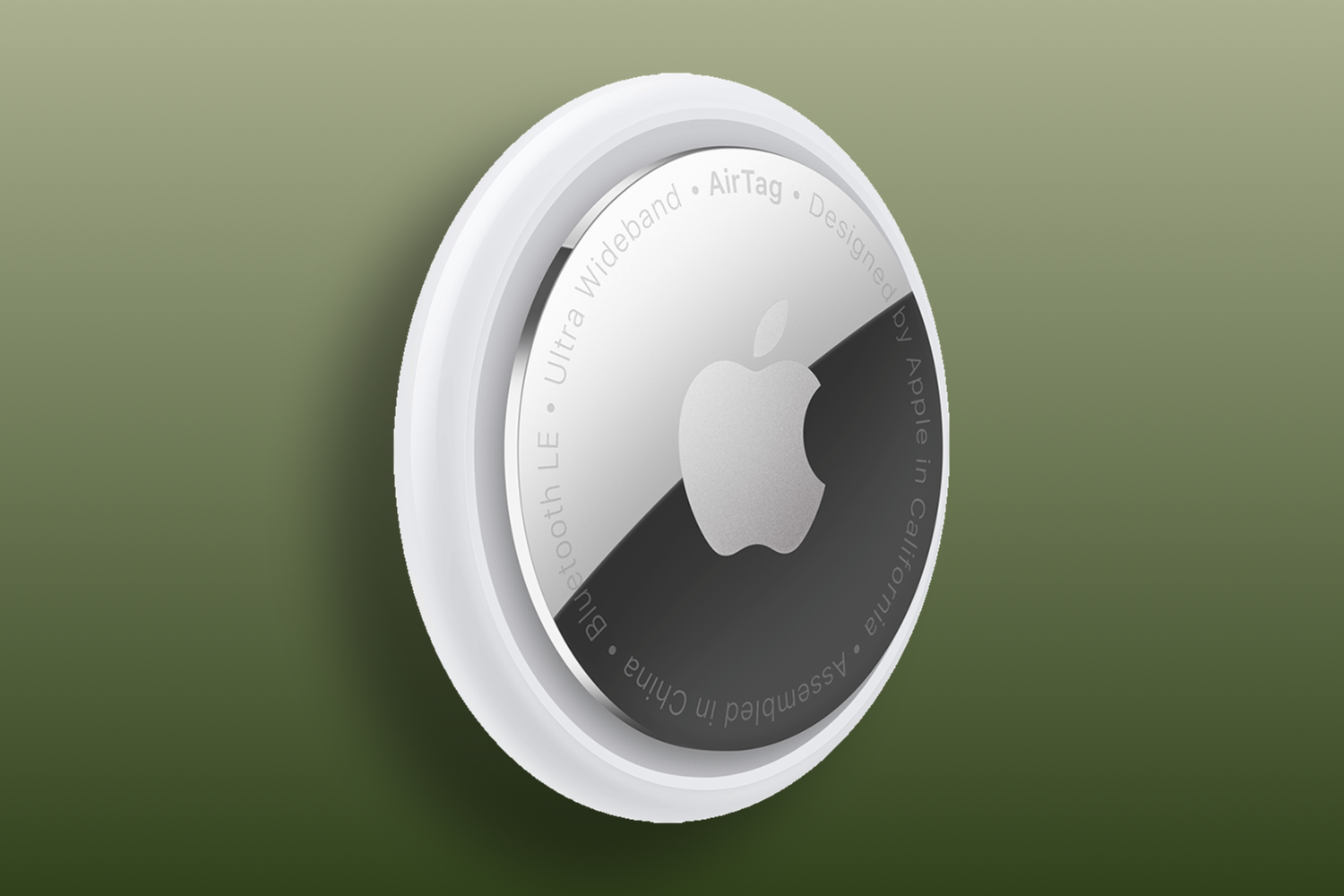It’s rare that today’s tech takes it back to Roman times. Yet here we are, once again using styli to scrawl on tablets. Admittedly, with pixels where wax once was, today’s best tablets are a little different to the ones Ceasar used at school. So if you’re shopping for a new tablet for work or leisure, then this is the buying guide you need.
Whether you’re tallying the day’s takings, sketching a portrait of your paterfamilias or kicking back a few of Virgil’s verses, the top contemporary tablets offer an experience far superior to any ancient slab.
From compact tablets you can take almost anywhere, to powerhouse devices that rival the latest laptops for performance, the buying guide below features our pick of the top tablets you can buy right now. We’ve covered top-spec options for ultimate productivity, plus a few budget options for easy entertainment – because gold coins can be hard to come by.
If you’re looking for something a little more affordable, check out the best cheap tablets, and, if you’re only interested in Apple tech, then check out our guide to the best iPad.
What’s the best tablet?
We think the Apple iPad Pro 12.9 M2 (buy now) is the best tablet you can buy. It has a glorious 12.9-inch Mini LED display, a super powerful Apple M2 processor, and an impressive camera setup. If you’re looking for a tablet capable of replacing a laptop, this is the closest you can get. It’s expensive though, so if it’s out of your budget then check out the other options down below.
Other tablet recommendations
The best tablets you can buy today:
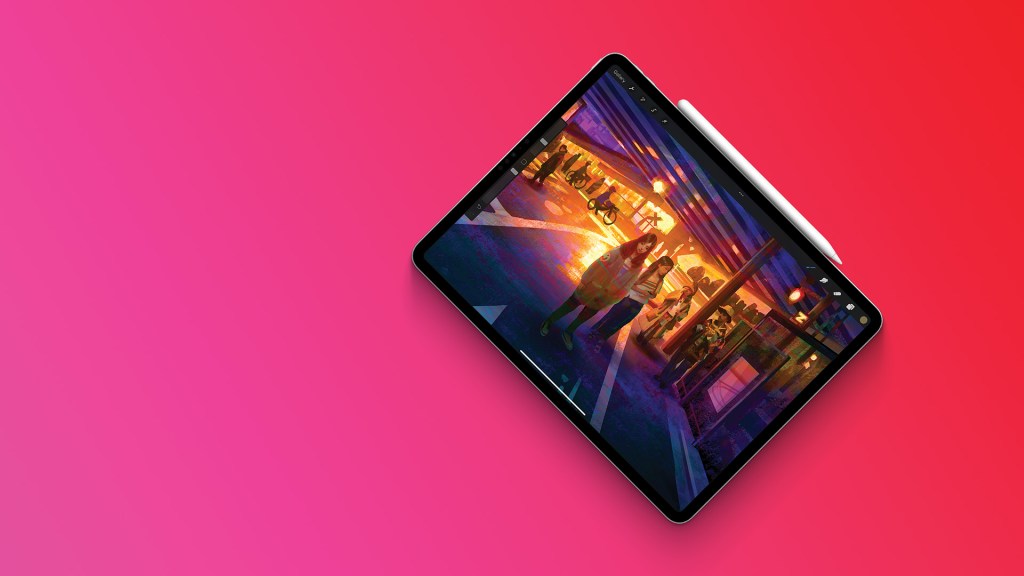
1. Apple iPad Pro 12.9 (M2)
| Apple iPad Pro 12.9 (M2) specs | |
|---|---|
| Display | 12.9-inch 2732 x 2048 120Hz Liquid Retina XDR Mini LED display |
| Processor | Apple M2 |
| RAM | 8/16GB |
| Storage | 128, 256, 512GB, 1TB, 2TB |
| Cameras | Rear: 12MP Wide camera, ƒ/1.8 aperture, 12MP ultrawide, ƒ/24 aperture, 125° field of view Front: 12MP ultrawide, ƒ/24 aperture |
| Battery | 10 hours |
| Connectivity | USB-C, Wi-Fi 6E, Bluetooth 5.2, 5G |
| Software | iPadOS 17 |
| Dimensions | 281 x 215 x 6.4mm, 482g |
On paper, the latest iPad Pro echoes previous generations, with just a range of small updates. These include the powerful M2 chip, Apple Pencil hover function, ProRes video recording, and connectivity upgrades. Despite being relatively minor changes, there are still a number of reasons the iPad Pro is still the best premium tablet you can buy.
Chief among them is the mini-LED display. It’s a 12.9in panel with True Tone and ProMotion magic – but it also benefits from 1000 nits full-screen brightness, peaking at 1600 nits for gorgeous HDR.
Stuffing an M2 chip inside an iPad seems like overkill, but the result for power users is an Apple tablet that never stumbles. Whether editing videos or playing console-grade games, performance is properly impressive. What’s more, the upgrade doesn’t seem to compromise battery life.
The camera setup is also very impressive, with ProRes video recording from the rear camera and a 12MP ultra-wide, 122-degree field of view front-facing camera. The refreshed sensor benefits from Centre Stage smarts, which intelligently track your face during calls.
The iPad Pro is still a one-port wonder, but the connector supports Thunderbolt and USB 4 for speedy connectivity with peripherals. If you’re invested in the Apple ecosystem, content with the limitations of iPadOS and happy to shell out serious cash, there’s no better iPad.
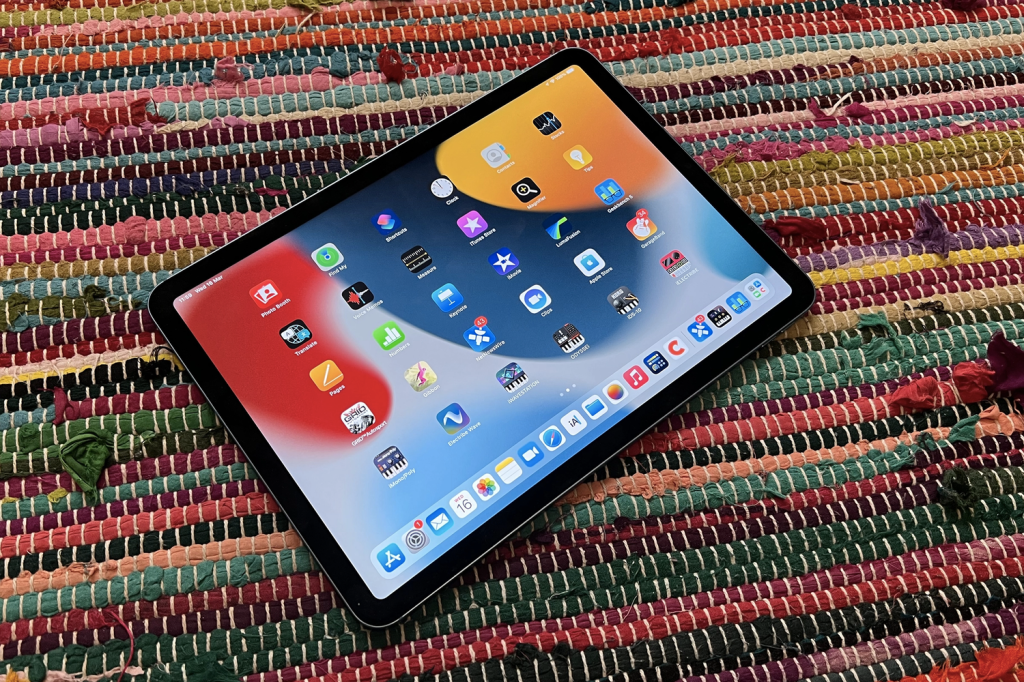

2. Apple iPad Air (5th generation)
| Apple iPad Air (5th generation) specs | |
|---|---|
| Display | 10.9in 2360×1640 LED IPS |
| Processor | Apple M1 |
| RAM | 8GB |
| Storage | 64/256GB |
| Cameras | 12MP (rear), 12MP (front) |
| Battery | 10 hours |
| Connectivity | 5G, Wi-Fi 6, Bluetooth 5.0, Lightning |
| Software | iPadOS 15 |
| Dimensions | 247.6×178.5×6.1mm, 462g |
At a glance, Apple’s latest iPad Air looks identical to its predecessor. That’s no bad thing: you get a sleek, well-built tablet, fronted by a bright 10.9in screen. The display doesn’t benefit from ProMotion smarts, but it does borrow a few other bits from the iPad Pro – chiefly its beefy M1 processor.
For a tablet at this price point, that superlative silicon is a welcome surprise. Paired with 8GB of RAM, you won’t want for power – whether you’re editing designs, setting high-scores or attacking admin. iPadOS still stops short of being a genuine desktop alternative, but pair the iPad Air with an Apple Pencil or Magic Keyboard and it will instantly boost your productivity.
The rear camera is nothing new, but the front-facing lens now benefits from Apple’s Centre Stage smarts, to keep your lovely mug in the middle of the frame. 5G is an option, while USB-C and Wi-Fi 6 ship as standard. More storage would be nice, but its rich software ecosystem means the iPad Air is a top-notch tablet for most people.
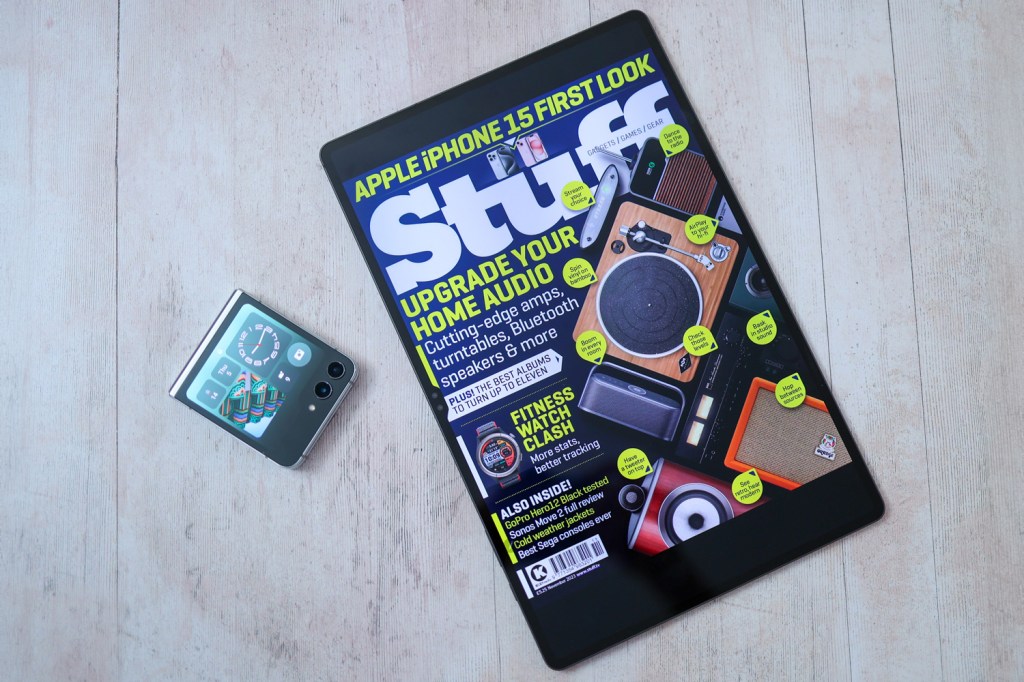

3. Samsung Galaxy Tab S9 Ultra
| Samsung Galaxy Tab S9 Ultra specs | |
|---|---|
| Screen | 14.6in 2960×1848 AMOLED w/ 120Hz |
| CPU | Qualcomm Snapdragon 8 Gen 2 for Galaxy |
| Memory | 12/16GB RAM |
| Cameras | 13MP main + 8MP ultrawide (rear), 12MP + 12MP ultrawide (front) |
| Storage | 256GB/512GB/1TB |
| Operating system | Android 13 w/ OneUI |
| Battery | 11,200mAh |
| Dimensions | 209x326x5.5mm, 732g (Wi-Fi) / 737g (5G) |
From its size to its power, Samsung’s top-spec tablet does nothing by half. For starters, its AMOLED display measures a massive 14.6in, making it easily the largest slate in this list. It can also be configured with up to 16GB of RAM, ships with Qualcomm’s Snapdragon 8 Gen 2 silicon inside and packs a battery good for all day use.
Despite its expansive screen, the Tab S9 Ultra is a surprisingly slender slice of hardware. But don’t let the slim chassis fool you: at 732g, it’s still a robust bit of kit. Brightness can’t match the iPad Pro, but the Galaxy Tab S9 Ultra’s AMOLED panel delivers mesmerising depth. The speakers are impressively potent, while a 90% screen-to-body ratio only adds to the immersion.
There’s no escaping that the Galaxy Tab S9 Ultra fills a pretty narrow niche – and Android still doesn’t offer the same tablet optimisation as iPadOS. But with a low-latency S Pen in the box and support for a full desktop interface via DeX, this gigantic tablet is perfect for Android power users.
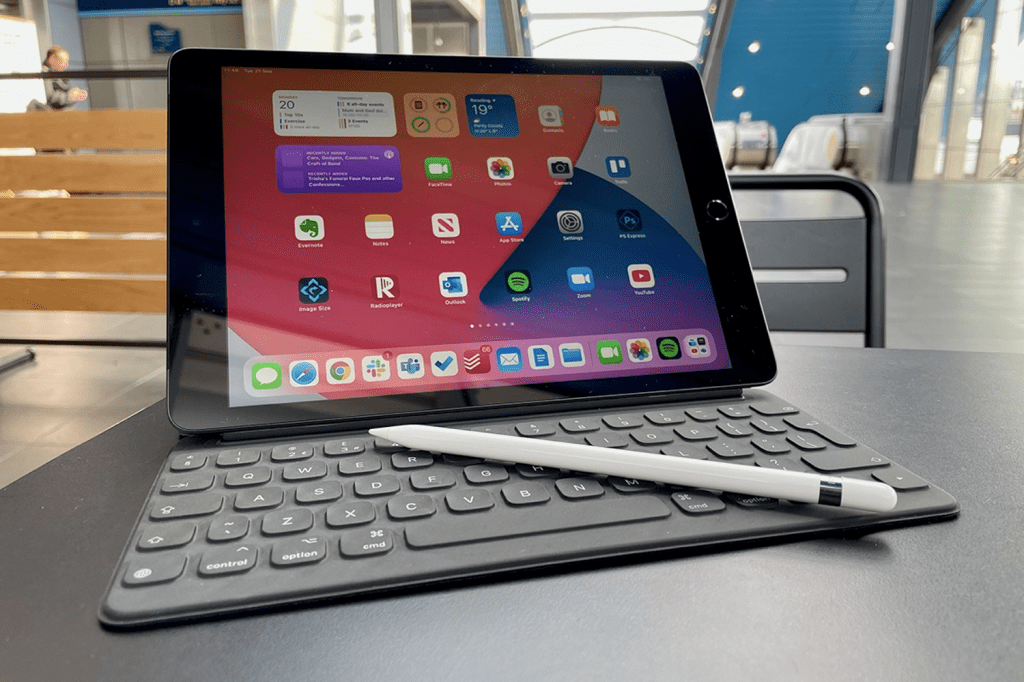

4. Apple iPad (10th generation)
| Apple iPad (10th generation) specs | |
|---|---|
| Display | 10.2in 2160×1620 LED IPS |
| Processor | Apple A13 Bionic |
| RAM | 3GB |
| Storage | 64/256GB |
| Cameras | 8MP (rear), 12MP (front) |
| Battery | 10 hours |
| Connectivity | 4G, Wi-Fi, Bluetooth 4.2, Lightning, 3.5mm |
| Software | iPadOS 15 |
| Dimensions | 250.6×174.1×7.5mm, 498g |
Apple’s entry-level tablet remains one of the best everyday slates you can buy. With a design that harks back to the iPad 5, it’s not here to innovate: its aluminium shell might seem timeless enough, but the home button and bezels around the 10.2in display are visible reminders of its heritage status.
That said, the 9th generation introduces enough new features to make it a compelling proposition. The A13 chip inside is a good compromise between price and performance, while storage options now start at a more spacious 64GB.
Visually, the addition of True Tone means reactive display adjustments, while Centre Stage smarts ape more expensive iPad hardware by keeping your face automatically framed on video calls. Add a 10-hour battery life and support for the first-gen Apple Pencil and, while it’s not going to set your world on fire, the entry-level iPad does more than enough for most people.
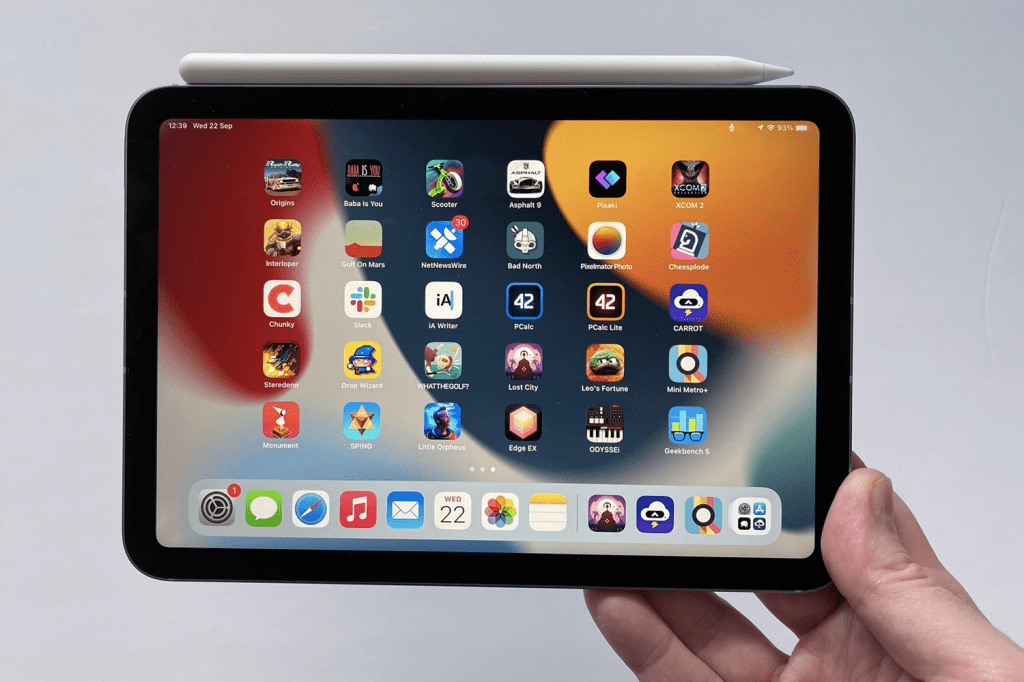

5. Apple iPad Mini (6th generation)
| Apple iPad Mini (6th generation) specs | |
|---|---|
| Display | 8.3in 2266×1488 LED IPS |
| Processor | Apple A15 Bionic |
| RAM | 4GB |
| Storage | 64/256GB |
| Cameras | 12MP (rear), 12MP (front) |
| Battery | 10 hours |
| Connectivity | 5G, Wi-Fi 6, Bluetooth 5.0, USB-C |
| Software | iPadOS 15 |
| Dimensions | 195.4×134.8×6.3mm, 297g |
Styled like an iPad Air that’s shrunk in the wash, the revamped iPad Mini is all screen and all the better for it. A vibrant canvas surrounded by a slim black bezel, it looks great and feels premium. Light at 300g, its smaller-than-A5 dimensions make it a good fit for any satchel.
Despite its dinkier dimensions, you still get a full iPad experience with few compromises. The 8.3in screen doesn’t support 120Hz ProMotion, but it is sharper than any other iPad display at 326ppi. Besides the design, the Mini apes the Air in other ways: True Tone tech, Touch ID in the power button, USB-C connectivity and a 12MP front-facing camera with Centre Stage.
Its 14:9 aspect ratio does mean some apps don’t fill the entire display, but the iPadOS ecosystem otherwise delivers the slick software experience we’ve come to know and love – especially when you use it with Apple’s second-gen Pencil. If you’re shopping for a capable and attractive tablet that’s easier to tote, the 6th-gen iPad Mini should sit top of your list.
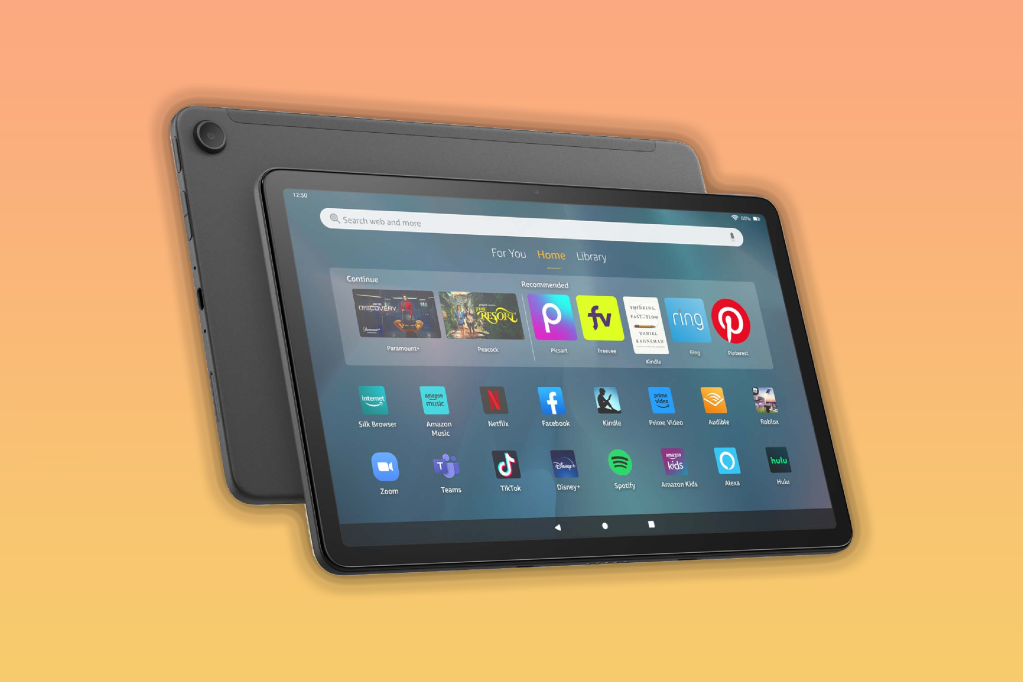

6. Amazon Fire 11 Max
| Amazon Fire 11 Max specs | |
|---|---|
| Display | 11in 2000×1200 LED IPS |
| Processor | Mediatek MT8188J (octacore) |
| RAM | 4GB |
| Storage | 64/128GB |
| Cameras | 8MP (rear), 8MP (front) |
| Battery | 14 hours |
| Connectivity | Wi-Fi 6, Bluetooth 5.3, USB-C |
| Software | Fire OS |
| Dimensions | 259.1 x 163.7 x 7.5mm, 490 g |
Dependable without drawing attention, Amazon’s Fire tablets are decent tablets with accessible price tags. The Fire 11 Max is Amazon’s most premium tablet yet, with an 11in 2000 x 1200 display, 2.2GHz octa-core processor and 4GB of RAM. Amazon says it’s 50 percent faster than its next quickest tab.
The 11in display isn’t the sharpest out there, especially when compared to Apple and Samsung, but it’s absolutely fine for browsing and streaming on a daily basis. It’s not just designed for entertainment, though, the Fire Max 11 has an optional full-size keyboard case and a stylus pen that works with Microsoft 365 apps.
Alexa’s on-board, of course, but less impressive is the lack of native Google Play Store support, although it only takes five minutes of tinkering to install it yourself. The OS is predictably Amazon-heavy, but the Fire 11 Max is still a lot of tablet for the cash.
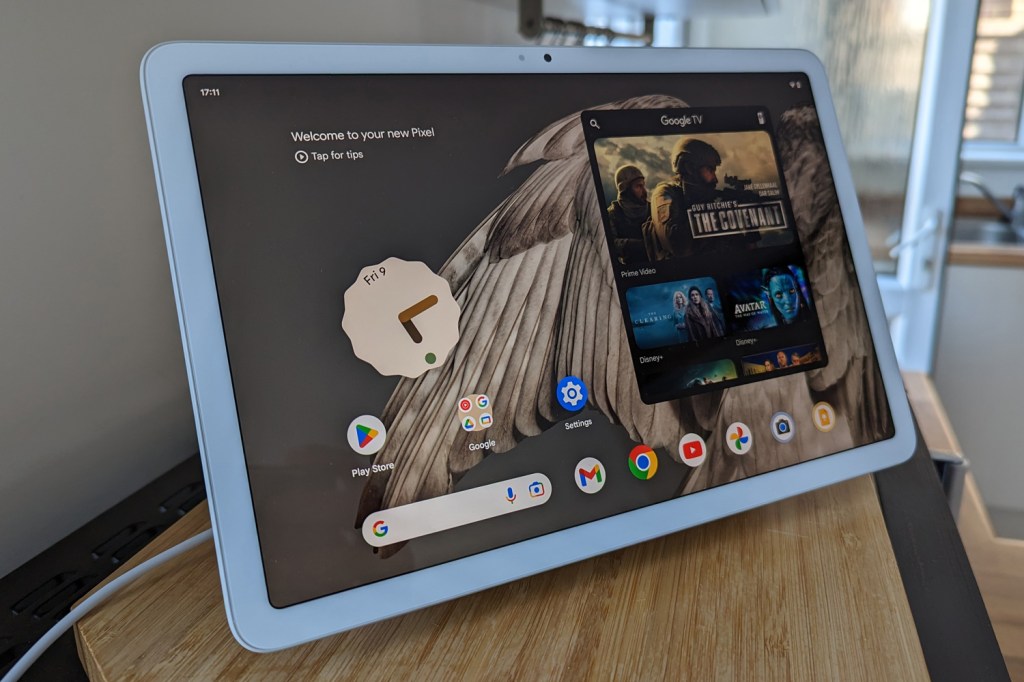

7. Google Pixel Tablet
| Google Pixel Tablet specs | |
|---|---|
| Display | 10.95in, 2560×1600 LCD |
| CPU | Google Tensor G2 |
| Memory | 8GB RAM |
| Storage | 128/256GB on-board |
| Cameras | 8MP rear, 8MP front |
| Operating system | Android 13 |
| Battery | 12 hours |
| Dimensions | 258x169x8.1mm, 493g |
Is it an iPad rival? A smart display you don’t have to keep tethered to a single spot? Or Google’s latest vision for what Android should look like on bigger screens? The Pixel Tablet is a bit of all three.
This is Google’s first home-grown tablet in five years and what makes it stand out from the crowd is that it ships with a bundled speaker dock, so it turns into a Nest Home Hub when not in your hands. This makes it very useful, as you’re essentially getting two devices in one.
It also ships with a new version of Android 13 that’s been properly optimised for tablets. It’s still not perfect, but a big step in the right direction.
Google fans hoping the Pixel Tablet was going to wipe the floor with every iPad are going to be disappointed, but those with more realistic expectations are in for a treat.
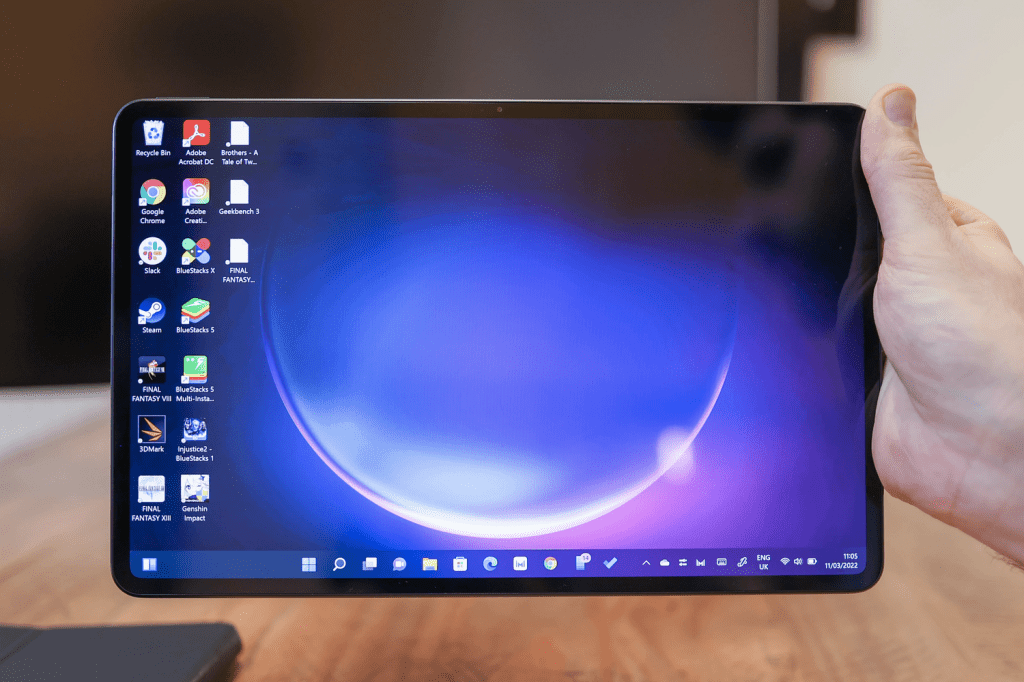

8. Huawei Matebook E
| Huawei Matebook E specs | |
|---|---|
| Display | 12.6in 2560×1600 OLED |
| Processor | Intel Core i3/i5/i7 |
| RAM | 8/16GB |
| Storage | 128/256/512GB |
| Cameras | 13MP (rear), 8MP (front) |
| Battery | 10 hours |
| Connectivity | Wi-Fi 6, Bluetooth 5.1, USB-C, Thunderbolt 4, 3.5mm |
| Software | Windows 11 Home |
| Dimensions | 306x215x146mm, 709g |
A laptop disguised as a tablet, the Matebook E is Huawei’s strongest take on a Windows 11 slate. Relatively slender at 7.9mm, it’s also solid at 709g. Styled like an all-screen Android tablet, there’s minimal flourish to the shell itself – which only makes the sizeable 12.6in OLED display pop even more.
The Matebook E’s potential becomes quickly apparent when you pair with a keyboard dock and monitor. With the option to spec it with an Intel Core i7 chip and up to 16GB of RAM, this tablet can be every bit the modern workhorse. With four solid speakers complementing the vibrant screen, it also serves as an excellent entertainment slate.
Other tablets offer better gaming performance for the price, while battery life suffers due to the added demands of Windows 11. Then again, 65W charging means the Matebook E can power up in minutes, while the full-fat interface has fewer limitations than tablet-specific software. Thunderbolt 4 connectivity also unlocks high-speed data transfers and support for a range of peripherals.
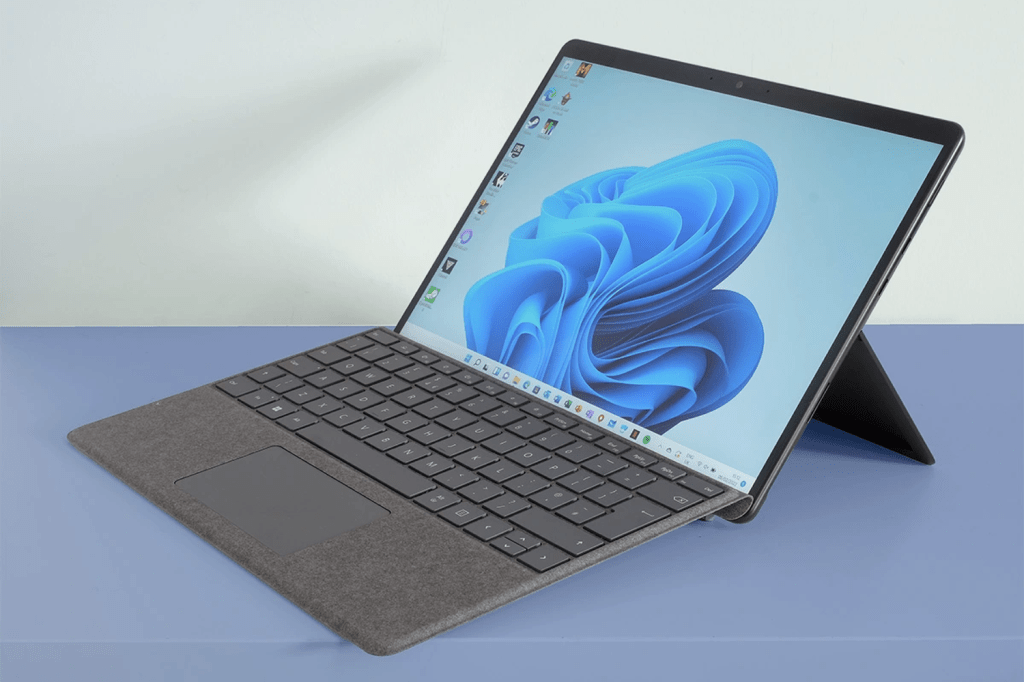

9. Microsoft Surface Pro 8
| Microsoft Surface Pro 8 specs | |
|---|---|
| Display | 13in 2880×1920 LCD |
| Processor | Intel Core i3/i5/i7 |
| RAM | 8/16GB |
| Storage | 128GB/256GB/512GB/1TB |
| Cameras | 10MP (rear), 5MP (front) |
| Battery | 16 hours |
| Connectivity | Wi-Fi 6, Bluetooth 5.1, USB-C, Thunderbolt 4, 3.5mm, Surface Connect |
| Software | Windows 11 Pro/10 Pro |
| Dimensions | 287x208x9.3mm, 891g |
It’s taken eight generations, but Microsoft has finally made a Surface Pro that’s properly fun. A convincing laptop-tablet hybrid, the addition of Intel XE graphics makes the Surface Pro 8 feel like a mini games machine. It’s almost unreasonably powerful for its size: aided by liberal use of upscaling smarts, it can run demanding titles at respectable settings and frame rates.
Despite being smaller than most laptops, the Surface Pro 8 sounds a lot better. It looks good, too: the 12.3in panel is LCD rather than OLED, but it’s sharp, bright and fluid, thanks to refresh rates which top out at 120Hz. Like a laptop, the bezels are wider on the long edges, but Microsoft’s used this to squeeze in a semi-decent 5MP webcam.
The only major stumbling block is battery life: it’s just OK. With the screen set to 120Hz, it conked out before five hours of video streaming. Dropped to 60Hz, it managed seven – still a long way short of Microsoft’s claimed 16. So the Surface Pro 8 isn’t the best choice if you want a laptop/tablet that can reliable last for a full day, but that’s the price you pay for serious power in a streamlined shell.
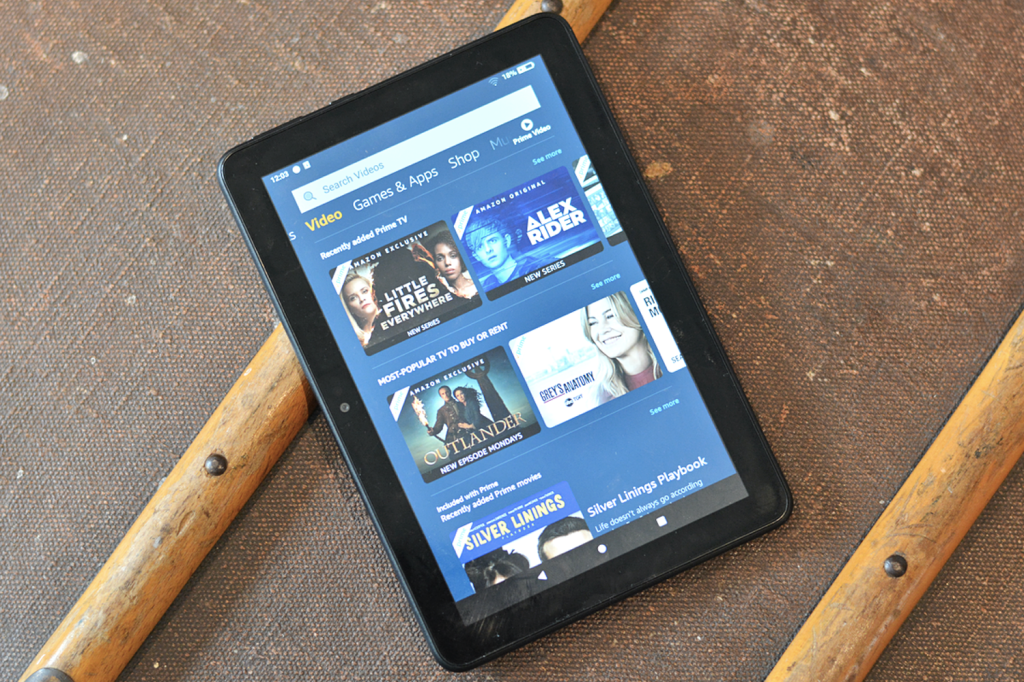

10. Amazon Fire HD 8
| Amazon Fire HD 8 specs | |
|---|---|
| Display | 8in 1280×800 LCD |
| Processor | Mediatek quad-core |
| RAM | 2GB |
| Storage | 32/64GB (expandable) |
| Cameras | 2MP (rear), 2MP (front) |
| Battery | 12 hours |
| Connectivity | Wi-Fi, Bluetooth 5.0, USB-C |
| Software | Fire OS 7 (Android 9) |
| Dimensions | 202x137x9.7mm, 355g |
A bona fide bargain, the Amazon Fire HD 8 is the best cheap tablet you can buy. It’s capable enough to tackle everyday tasks, offering solid battery life, impressive speakers and reassuring build quality – all tied together with Alexa’s assistance.
There are caveats, of course: screen quality is average, performance mediocre and there’s no longer support for the Charging Dock. If you want an affordable tablet that doubles up as an Echo Show, you’ll need to shell out more money for the HD 8 Plus (plus a little extra for the dock).
All the same, the Fire HD 8 remains an excellent deal for Prime members. Stump up for a subscription and you’ll unlock access to a vast catalogue of streaming content, transforming the Fire HD 8 into a portable entertainment hub. If you don’t, you’ll probably be disappointed by its restrictive Amazon interface and limited selection of apps and games.
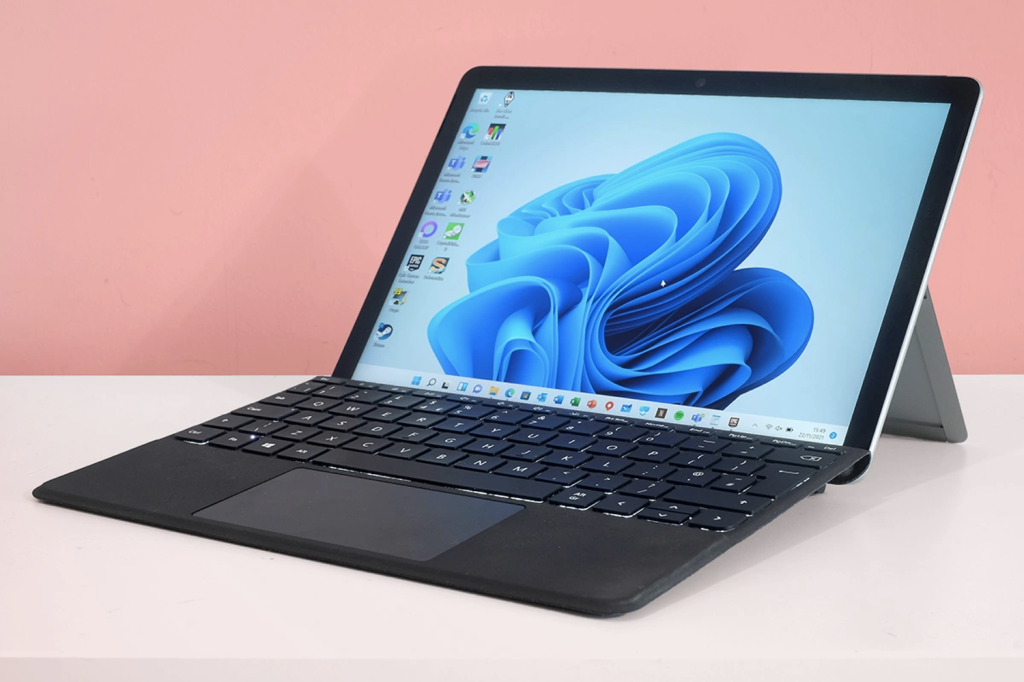

11. Microsoft Surface Go 3
| Microsoft Surface Go 3 specs | |
|---|---|
| Display | 10.5in 1920×1280 LCD |
| Processor | Intel Core i3 |
| RAM | 4/8GB |
| Storage | 64/128/256GB (expandable) |
| Cameras | 8MP (rear), 5MP (front) |
| Battery | 11 hours |
| Connectivity | 4G (optional), Wi-Fi 6, Bluetooth 5.0, USB-C, 3.5mm, Surface Connect |
| Software | Windows 11 Pro/10 Pro |
| Dimensions | 245x175x8mm, 544g |
Want an iPad alternative that works with proper desktop software? In theory, Microsoft’s Surface Go 3 does exactly that. As a reasonably affordable tablet that can run – or try to run – any Windows app, the concept is certainly appealing. But it comes with compromises.
Visually, the Surface Go 3 is inoffensively practical: it’s a slim and light alloy slate with an nifty integrated kickstand. Paired with a Microsoft Type Cover, you get a surprisingly solid, if slightly shrunken typing experience. A 10.5in display fills the front, with relatively thick bezels surrounding it. The panel is sharp, bright and colourful enough, if not as strong as the iPad Pro on any count.
It’s a similar story when it comes to the hardware inside. The Surface Go 3 is fine for everyday tasks, but its dated Intel silicon is designed for efficiency, rather than outright performance. So when it comes to gaming or demanding apps, it’s comfortably outgunned by the iPad Pro. It has a smaller battery, too. There’s still a lot to like about the Surface Go 3 as a package, it’s just begging for more power – or a lower price.
What to look for when buying the best tablet
When buying the best tablet, first you’ll need to consider its purpose and how it will be used. For general usage like browsing, streaming, and light gaming, a mid-range tablet with a decent processor, sufficient RAM (at least 4GB), and a good display resolution (Full HD or higher) will suffice.
Whereas if the tablet is for professional use, such as graphic design, video editing, or multitasking with demanding applications, look for higher-end models with powerful processors (like the Apple M2 or Qualcomm Snapdragon 8 Gen 2 series), more RAM (8GB or more), and higher storage capacity (128GB or more), along with expandable storage options.
The operating system is also a crucial factor, with iOS and Android being the primary options. The Apple iPad with iOS offers a smooth, integrated experience with a vast app ecosystem optimised for tablets, it’s perfect if you already have other Apple devices.
Android tablets, on the other hand, provide more flexibility and customisation, with a wide range of models to suit various budgets.
We’ve touched on it before, but the display quality really is a key feature for tablets. Consider the display size, resolution, brightness, and colour accuracy, especially if the tablet will be used for media consumption or creative work.
While a tablet’s battery life is important, it’s not quite as vital as a smartphone’s battery life. This is because a good tablet should last at least 8-10 hours on a single charge, but tablets are generally used at home or near a charging outlet (not out and about like phones).
Finally, you’ll also want to consider additional features such as stylus support, keyboard compatibility, and connectivity options (like USB-C, HDMI, or 5G capability) depending on how you plan to use your tablet.
